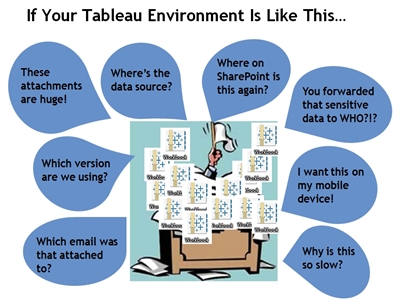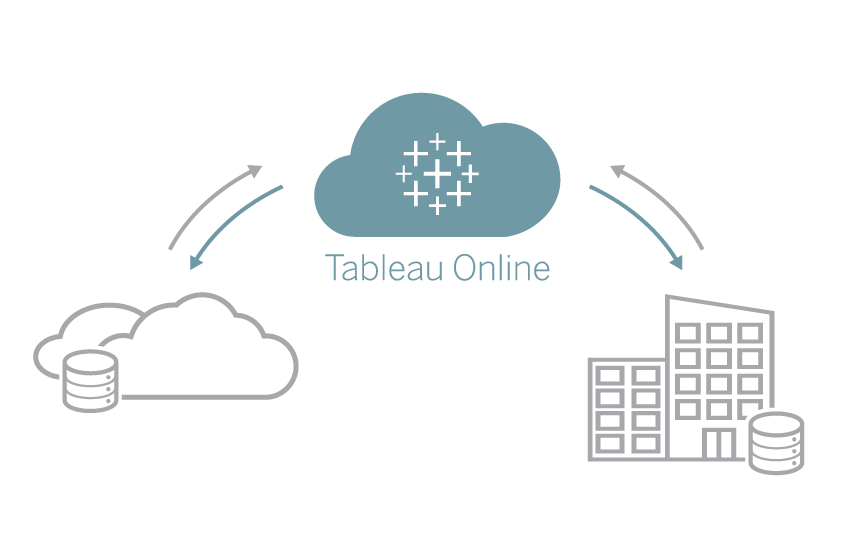

Besides pricing, you also need to consider your adoption and development strategy. Pricing for Tableau Online is therefore per user, per site/account. When you opt for Tableau Online you can only have one site per account. If you are not using one of these two IdPs then you have to roll your own solution by using either Tableau’s REST API or TabCMD and your IdP. Tableau thus-far only supports Okta and OneLogin for SCIM. If you want to automate the process of adding users to your Tableau Online site then you are a bit limited in options. With SAML on Tableau Online, this is a possibility. This token cannot be used to navigate to the server URL and log in. With Tableau Server you have a concept called Restricted Trusted Tickets – which gives you a token that’s only valid for viewing a viz and no other Tableau Server elements. Something else that you need to consider when using SAML is that with the SAML session the user can access the entire Tableau Online interface. This means your dashboard users see a popup that they either need to accept or re-enter their credentials. Also, something to stress here is that if your SAML IdP doesn’t support signing in through an iframe then you have to use a pop-up to authenticate. Step 6 is important for our use case and this is, unfortunately, different depending on which IdP you are using. There are quite a few steps involved with enabling SAML on a Tableau site. With every method of embedding Tableau, you are adding an iframe of the viz on a page. This means that you need to make sure your IdP has the e-mail addresses of your users.Īnother important element that has caught me out a few times already is that you need to configure your SAML IdP to allow iFrame embedding. Important to note here is that Tableau Online only accepts e-mail addresses as usernames. The Tableau Online documentation mentions three ways of doing SSO:

A key difference with Tableau Server is that with Online, at the time of writing, you can’t use Trusted Authentication. You want to set up some sort of Single Sign-On (SSO) mechanism so users don’t have to sign in to the embedded dashboard. This is probably the most important factor if you choose between Server or Online. This process will identify the user’s identity. AuthenticationĪuthentication relates to how your users can sign in to the Tableau Online site. Let’s dive into these in a bit more detail below. Some of these are especially important in an embedded analytics setup: authentication, multi-tenancy and customisation of the server environment. However, there are some downsides in comparison with Tableau Server.


Getting up and running with an account is also really fast. If you don’t have the internal resources to host a server then Online is a perfect solution. There is no need for you to manage and control upgrades and monitor the infrastructure. The main difference between Tableau Online and Tableau Server is that Online is hosted on a cloud platform that is fully managed by Tableau. competitive advantages: integrations with your applications.interactive reports and dashboards that are fast to build.the ability to provide reports with dynamic and live data.Regardless if you use Tableau Server or Online, embedded analytics with Tableau offers many benefits You can see examples of the public-facing examples we’ve created here: Users of these platforms are often not aware that Tableau powers these interactive experiences. Our customers often want to ‘white label’ their content and insights into a place that is familiar to their customers. With Embedded Analytics we refer to the ability to integrate interactive Tableau views and dashboards into web pages, news articles, blog posts, custom applications, portals etc. The Information Lab also offers a managed service on AWS which sits in between Online and Server and is fully managed by us, but with the benefits of Tableau Server. Let’s take a look at how Tableau Online and Server differ and when Online might be a good solution for embedded analytics. Often we recommend a self-hosted Tableau Server as this gives the most flexibility and all server features. With the majority of tools and applications moving to a managed cloud-hosted service they would also like to do that with Tableau. Lately, we’ve been getting more and more client requests and interest in using Tableau Online for embedding Tableau dashboards into custom applications. | Andre de Vries Embedding with Tableau Online: An Overview


 0 kommentar(er)
0 kommentar(er)
